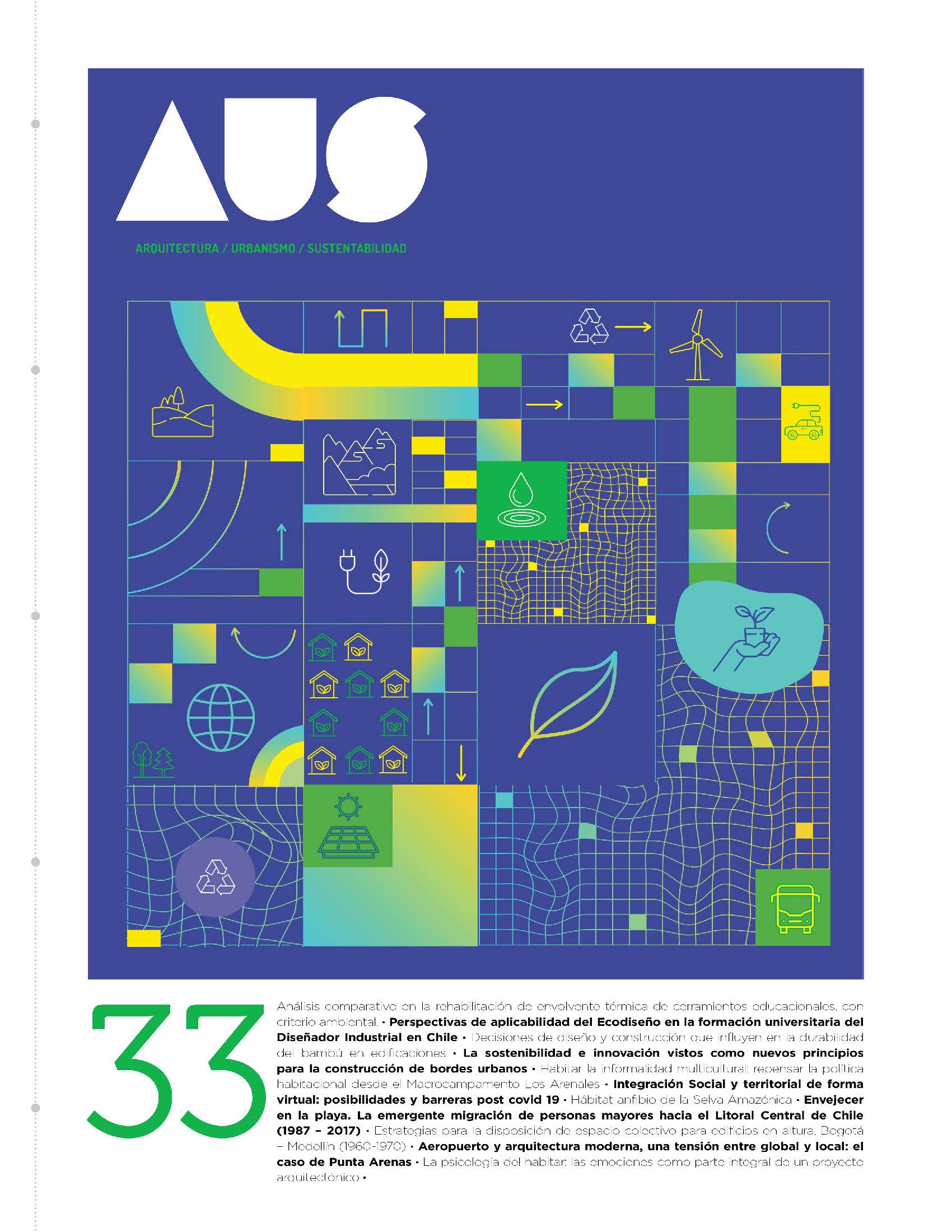Sustainability and Innovation as new Principles for the Construction of Urban Fringes
Main Article Content
Abstract
To speak of contemporary urbanism is to understand the current Latin American city, that is, to comprehend that the city occupation phenomenon is exposed to countless externalities and that its impact on the fringes and suburban areas has only left marginality, segregation, and high social, environmental, and human precarity indexes. Achieving sustainable development as a “must” for the territory demands a conscious effort to look for strategies that can help implement and achieve goals for more prosperous cities by 2030. From the “practical” deduction of urbanism as a discipline, four relevant indicators have been identified to speak of sustainable development from a more social standpoint –with ideas of value– within a framework of community strengthening, and overcoming the degree of fragmentation that the city is constantly showing in its periphery. Prosperity, inclusion, ownership, and adaptation have been defined as alternative indexes to measure the territory’s sustainability and innovation capacity for growth and social and urban development. At the end, there is an instrument to quantify more in depth the impact that fringe settlements have on suburban areas in order to plan the city from a prospective model.

